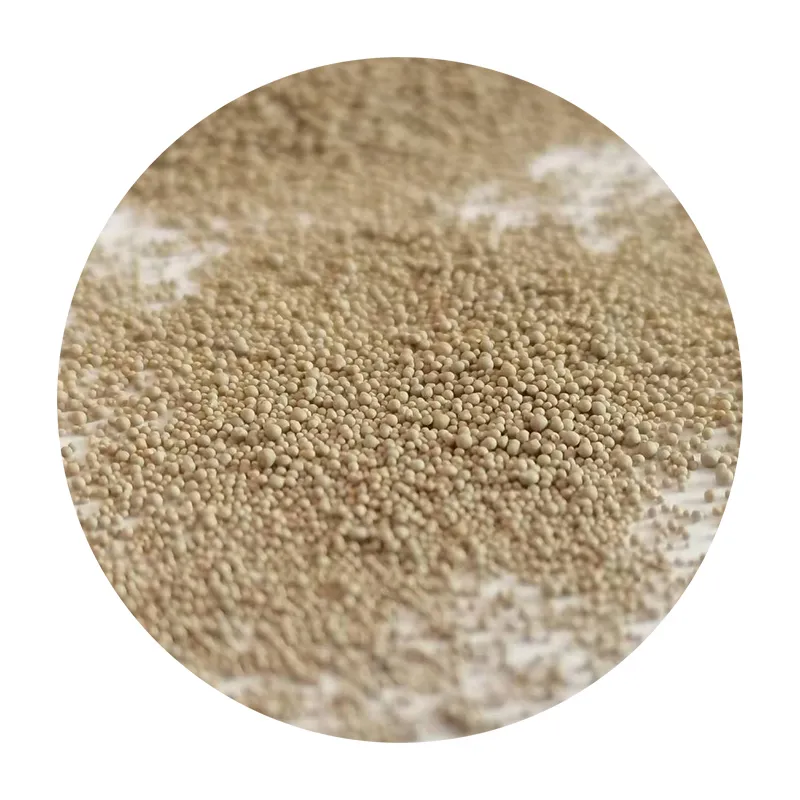The Art and Importance of Ceramic Sanding
Ceramics are among the most versatile materials used in manufacturing, found in everything from kitchenware to advanced engineering applications. While the aesthetic appeal of ceramics often lies in their glossy finish, a crucial step that ensures their quality and durability is ceramic sanding. This article will delve deep into the significance of ceramic sanding, the techniques involved, and its benefits in various applications.
What is Ceramic Sanding?
Ceramic sanding, often referred to as ceramic grit sanding, is the process of smoothing and refining ceramic surfaces using abrasive materials. This technique is vital during the final stages of production, where the texture and finish of the ceramic product are defined. Sanding is not merely about creating a visually appealing surface; it also plays a role in the functionality and durability of the ceramic piece.
The Significance of Ceramic Sanding
1. Surface Preparation Sanding prepares the ceramic surface for glazing or painting. An unrefined surface can lead to poor adhesion of these coatings, resulting in peeling or chipping over time. Proper sanding ensures that the surface is uniformly smooth, allowing for a better bond with any applied finish.
2. Aesthetic Appeal For decorative ceramics, the finish can make or break the product's appeal. Ceramic sanding helps eliminate imperfections, such as blemishes, scratches, or uneven spots, ensuring that the final product is visually attractive. This is especially important for consumer goods like dinnerware and decorative tiles.
3. Functional Enhancements In industrial applications, ceramics often serve functional roles, such as in valve components, bearings, and electronic devices. A smooth and well-finished ceramic piece can enhance performance by reducing friction and wear, improving the longevity of the product.
Techniques of Ceramic Sanding
The ceramic sanding process can vary based on the specific requirements of the project
. Several techniques are commonly usedceramic sanding

1. Hand Sanding This traditional method involves the use of sandpaper or sanding blocks, allowing for precise control over the sanding process. Hand sanding is particularly useful for smaller or intricately shaped ceramic pieces where machine sanding may be impractical.
2. Machine Sanding For larger production runs, machine sanding can save time and labor costs. Various machines, like belt sanders or orbital sanders, can be employed to achieve a consistent finish across numerous pieces. The use of a vacuum or dust collection system is often essential in this case, as ceramic dust can be hazardous to health.
3. Wet Sanding This technique involves using water as a coolant while sanding ceramic surfaces. Wet sanding minimizes dust production and helps to achieve a finer finish. It also reduces the risk of overheating the ceramic, which can lead to cracks.
4. Ceramic Abrasives The choice of abrasive material is crucial. Ceramic abrasives are known for their durability and effectiveness, particularly in high-pressure applications. Using the right grit size, from coarse to fine, allows for tailored sanding that can achieve desired finishes.
Benefits of Ceramic Sanding
1. Quality Assurance The sanding process acts as a quality control measure, helping manufacturers identify and rectify flaws before the product reaches the market. This proactive approach can lead to higher customer satisfaction and reduced returns.
2. Cost Efficiency While sanding may seem like an additional step in production, it can save money in the long run by enhancing product durability and reducing failures. Well-sanded ceramics are less likely to suffer from surface defects that could lead to costly replacements.
3. Customization Ceramic sanding allows artisans and manufacturers to create bespoke finishes according to customer preferences. This aspect is particularly valuable in the art and design sectors, where unique textures and appearances can differentiate products in a competitive market.
Conclusion
Ceramic sanding is an indispensable part of the ceramic production process that encompasses both aesthetic and functional considerations. By understanding the techniques and benefits involved, manufacturers and artisans can ensure a superior product that meets the expectations of both quality and design. Whether in a fine china piece or an industrial ceramic component, the art of sanding remains essential in delivering excellence in ceramics.
Post time:снеж . 31, 2024 10:58
Next:advantages of lost foam casting
